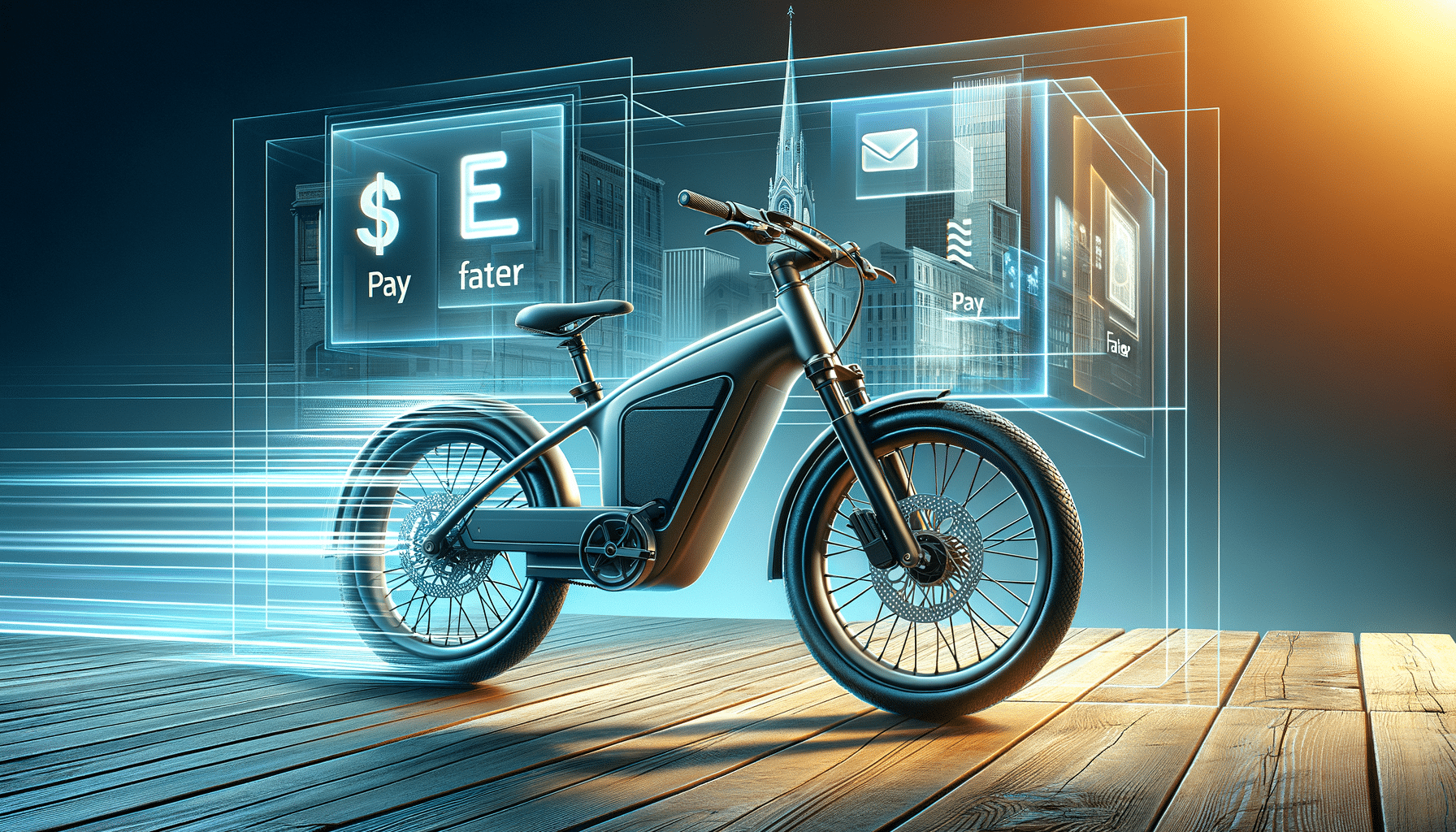
Exploring the ‘Pay Later’ Revolution in Electric Bike Purchasing
Introduction to ‘Pay Later’ Options
The world of electric bikes is experiencing a transformation, not just in terms of technology, but also in how consumers can purchase these eco-friendly vehicles. The introduction of ‘Pay Later’ options is revolutionizing the buying experience, making it more accessible to a broader audience. This payment method allows customers to acquire an electric bike without the immediate financial burden, spreading the cost over a period of time. This flexibility is crucial in today’s economy, where financial planning and budget constraints play a significant role in purchasing decisions. With the increasing demand for sustainable transportation solutions, ‘Pay Later’ options are becoming a key player in the electric bike market.
Understanding the Mechanics of ‘Pay Later’
‘Pay Later’ options typically involve financing plans offered by retailers or third-party financial institutions. These plans allow consumers to pay for their electric bikes in installments over a set period, which can range from a few months to a couple of years. The terms of these plans can vary significantly, with some offering interest-free periods, while others might include interest rates depending on the length of the repayment term. This flexibility in payment scheduling is designed to cater to different financial situations, ensuring that more people can afford to make the switch to electric biking.
Several factors influence the structure of ‘Pay Later’ plans, including the buyer’s credit score, the price of the bike, and the retailer’s policies. It’s essential for consumers to carefully review the terms and conditions of these plans to understand any potential fees or interest that might apply. By doing so, they can make informed decisions that align with their financial capabilities.
The Benefits of ‘Pay Later’ Options
The introduction of ‘Pay Later’ options provides numerous benefits, both for consumers and retailers. For consumers, the primary advantage is the ability to manage their finances more effectively. By spreading the cost of an electric bike over time, buyers can avoid the upfront financial strain that might deter them from making a purchase. This approach also allows consumers to invest in higher-quality models that might have been otherwise unaffordable.
For retailers, offering ‘Pay Later’ options can lead to increased sales and customer satisfaction. By providing flexible payment solutions, retailers can attract a larger customer base and potentially increase the average transaction value. Furthermore, this payment method can improve customer loyalty, as buyers appreciate the convenience and affordability it offers.
Comparing ‘Pay Later’ with Traditional Payment Methods
Traditional payment methods for purchasing electric bikes typically involve paying the full amount upfront, either through cash, credit card, or bank transfer. While these methods are straightforward, they can be limiting for consumers who do not have the immediate funds available. In contrast, ‘Pay Later’ options provide an alternative that can make electric bikes more accessible to a wider audience.
One of the key differences between ‘Pay Later’ and traditional methods is the impact on cash flow. With ‘Pay Later’, consumers can maintain a healthier cash flow by not depleting their savings or credit limits in one go. This can be particularly advantageous for individuals who need to manage multiple financial commitments simultaneously. However, it’s important to note that while ‘Pay Later’ options offer flexibility, they may also come with interest or fees, which should be considered when comparing the total cost of ownership.
Future Trends in Electric Bike Payment Solutions
As the electric bike market continues to grow, we can expect further innovations in payment solutions. The rise of digital finance platforms and mobile payment technologies is likely to influence how consumers purchase electric bikes. Future trends may include more personalized financing options that take into account individual financial situations and preferences.
Additionally, as awareness of sustainability and eco-friendly transportation increases, retailers may introduce incentives or discounts for consumers who choose electric bikes over traditional vehicles. This could further enhance the appeal of ‘Pay Later’ options, making them an integral part of the buying process. As the market evolves, staying informed about these payment innovations will be crucial for consumers looking to make smart purchasing decisions.

